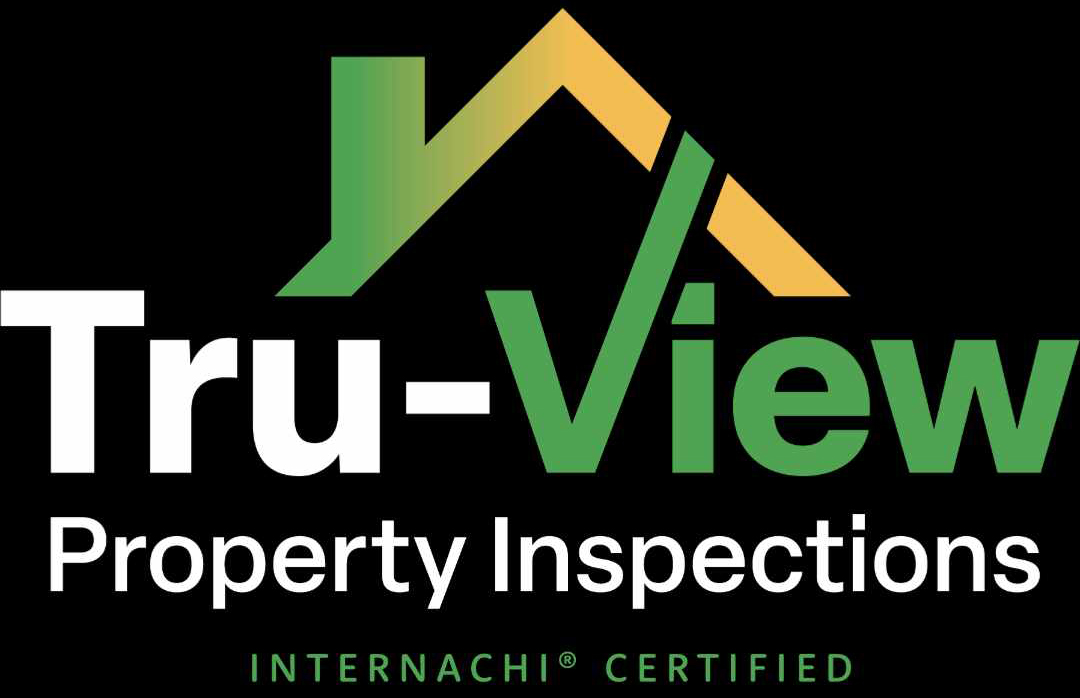Thermal imaging is a fascinating technology that allows us to visualize temperature variations in our surroundings. Here’s how it works:
- Infrared Radiation: All objects emit infrared radiation based on their temperature. Even things we can’t see, like walls, people, or machinery, emit this radiation.
- Thermal Cameras: Thermal imaging cameras detect this infrared radiation. They have special sensors that can “see” beyond the visible spectrum. Instead of capturing visible light, they focus on the heat emitted by objects.
- Color Mapping: These cameras convert temperature differences into visible colors. Hotter areas appear as bright colors (like red or yellow), while cooler areas appear darker (blue or purple).
- Applications:
- Building Inspections:
-
Home inspectors utilize thermal imaging as a powerful tool during property inspections. Let’s delve into how they employ this technology:
- Detecting Water Leaks and Moisture:
- A thermal imaging camera (also known as an infrared camera) is used to scan both the interior and exterior surfaces of a building or home.
- It identifies areas with temperature variations, which can indicate water intrusion or hidden moisture within walls, ceilings, and floors.
- These areas might not be visible to the naked eye, making thermal imaging invaluable for detecting potential issues.
- Basic Process of Thermal Imaging Inspection:
- The home inspector systematically scans accessible areas using the thermal camera.
- As the camera moves over each surface, it generates a thermal image translated into different colors based on temperature signatures.
- Color variations help the inspector identify potential problem areas that warrant further investigation.
- After completing the inspection, the inspector reviews the thermal images with the buyer or seller, highlighting any concerns.
- Different from Regular Home Inspections:
- A typical home inspection is a visual review of overall property conditions, covering aspects like electrical systems, plumbing, HVAC, roofing, and more.
- In contrast, a thermal imaging inspection focuses specifically on temperature anomalies.
- While visual inspections provide valuable information, thermal imaging adds an extra layer of insight by revealing hidden issues related to moisture and insulation.
- Applications of Thermal Imaging in Home Inspections:
- Water Intrusion: Detecting leaks, whether from plumbing, roofs, or walls.
- Pest Infestations: Identifying areas where pests might be hiding.
- Leaking Ducts: Locating energy loss due to poorly insulated ducts.
- Condensation: Spotting areas prone to condensation.
- Missing Insulation: Highlighting gaps in insulation.
- Electrical Hotspots: Identifying overheating electrical components.
- HVAC Efficiency: Assessing heating and cooling system performance.
In summary,
Home inspectors utilize thermal imaging as a powerful tool during property inspections. Let’s delve into how they employ this technology:
- Detecting Water Leaks and Moisture:
- A thermal imaging camera (also known as an infrared camera) is used to scan both the interior and exterior surfaces of a building or home.
- It identifies areas with temperature variations, which can indicate water intrusion or hidden moisture within walls, ceilings, and floors.
- These areas might not be visible to the naked eye, making thermal imaging invaluable for detecting potential issues.
- Basic Process of Thermal Imaging Inspection:
- The home inspector systematically scans accessible areas using the thermal camera.
- As the camera moves over each surface, it generates a thermal image translated into different colors based on temperature signatures.
- Color variations help the inspector identify potential problem areas that warrant further investigation.
- After completing the inspection, the inspector reviews the thermal images with the buyer or seller, highlighting any concernsDifferent from Regular Home Inspections:
- A typical home inspection is a visual review of overall property conditions, covering aspects like electrical systems, plumbing, HVAC, roofing, and more.
- In contrast, a thermal imaging inspection focuses specifically on temperature anomalies.
- Applications of Thermal Imaging in Home Inspections:
- Water Intrusion: Detecting leaks, whether from plumbing, roofs, or walls.
- Pest Infestations: Identifying areas where pests might be hiding.
- Leaking Ducts: Locating energy loss due to poorly insulated ducts.
- Condensation: Spotting areas prone to condensation.
- Missing Insulation: Highlighting gaps in insulation.
- Electrical Hotspots: Identifying overheating electrical components.
- HVAC Efficiency: Assessing heating and cooling system performance
In summary, thermal imaging enhances the precision of home inspections, allowing inspectors to uncover hidden issues and provide thorough assessments for buyers and sellers. 🏠🌡️🔍
- Detecting Water Leaks and Moisture:

Recent Comments